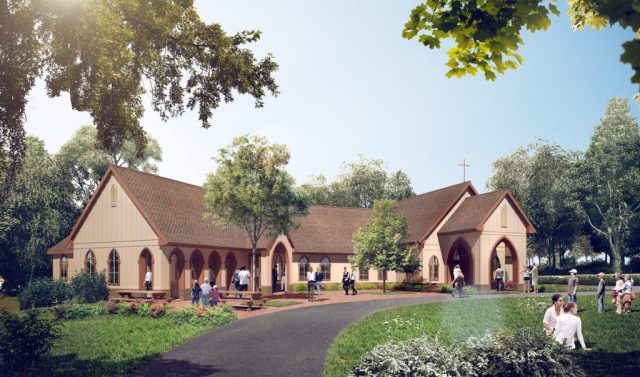Article
Copy, Paste, or Create? The Art of Contextual Church Planting
Just because a model worked brilliantly in one context doesn’t mean it will in another.

About 2.5 percent of any given population are considered true “innovators.”
These are the folks who instinctively think outside the box—the pioneers, the ones who approach problems from unexpected angles and aren’t afraid to take risks on ideas others might dismiss. They’re the trailblazers.
Would you say that’s you? Or maybe you know someone like that—someone who always seems to see things differently, who opens up possibilities where others only see roadblocks?
Innovator or Remixer?
When it comes to church planting, we often picture those kinds of innovators, the entrepreneurial types who push into new territory and start something from nothing. But in reality, that’s not most planters. We’re not necessarily inventing brand-new things, but we’re great at spotting something shiny and good—something that’s working somewhere else—and adapting it to fit our context.
And that’s not a bad thing! In fact, it’s a gift. The kingdom needs people who can borrow wisely, remix creatively, and make something fruitful without always starting from scratch. Not every wheel needs reinventing!
But this approach comes with its own risks.
One of the biggest dangers is assumption. Just because a model worked brilliantly in one context doesn’t mean it will in another. It might be a model you’ve used before—maybe even a deeply successful one—and it’s tempting to simply copy and paste. But what we often forget is how much of that past success depended on a complex mix of timing, people, local culture, and God’s particular work in that moment.
Why Copy and Paste is Dangerous
A new place means new dynamics, a different culture, different community rhythms, and different expectations. The people are different. You’re different. And the times have changed. Just because something worked then and there doesn’t mean it’s the right thing now and here.
That’s why understanding your context is absolutely vital. Don’t rush in. Slow down. Get to know the people, the place, and the unspoken hopes and hurts of the community. As with any cross-cultural mission, planting well often starts with listening deeply, living humbly, and learning patiently.
Often, real innovation doesn’t mean inventing something brand new. It means reimagining what already exists—discerning how to reshape or repurpose it so that it genuinely connects in your unique setting.
So, whether you’re a ground-breaking innovator or a sharp-eyed remixer, the key is discernment. Both roles are valuable. Both can bear good fruit. But in all of it, we need to stay prayerful—asking the Spirit to guide us, to open our eyes to what’s really going on in our context, and to give us the wisdom to know whether to create, adapt, or let something go.
Lord, give us ears to hear and eyes to see what You are doing. Teach us not just to do ministry, but to do it faithfully, contextually, and with grace.




